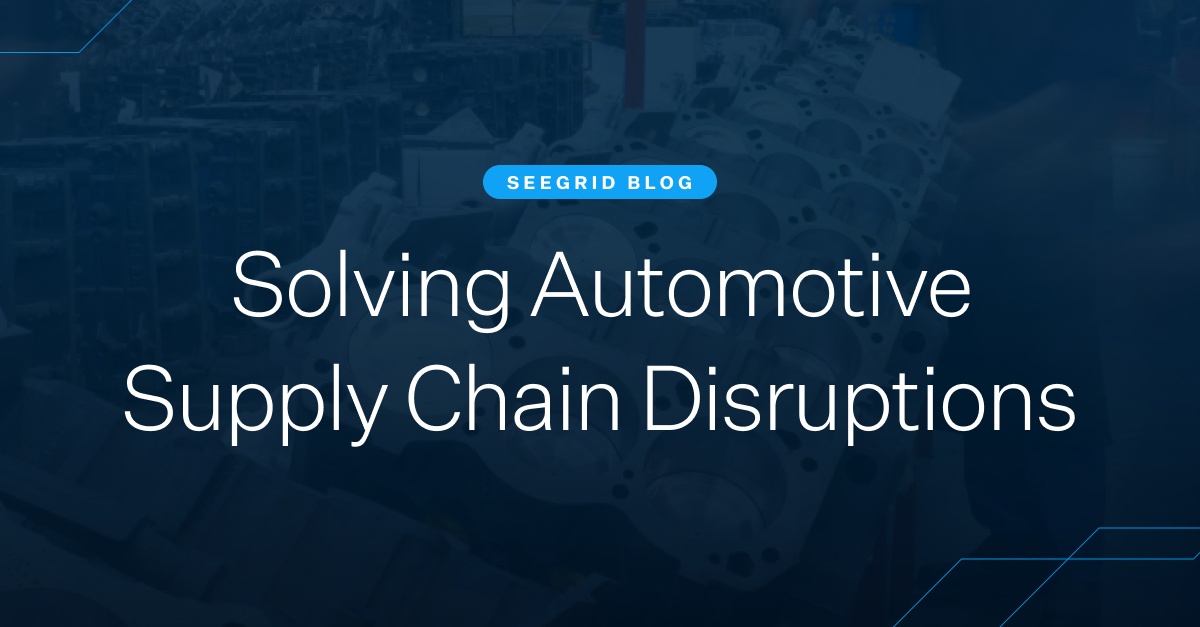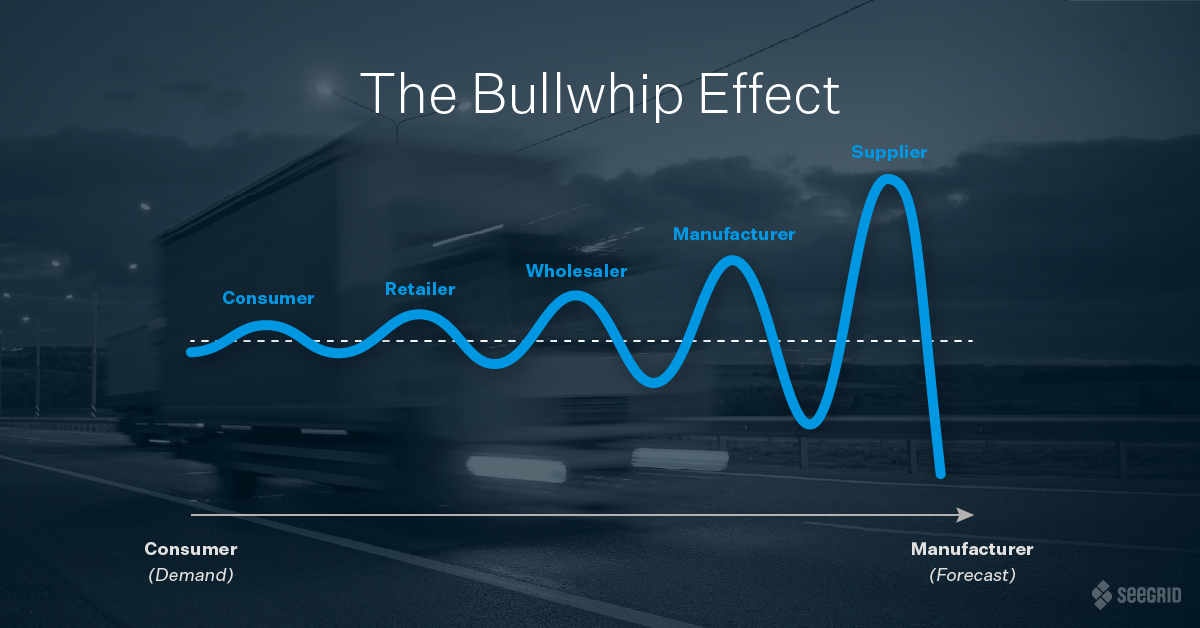2020 hurled the unexpected at daily life. Our homes quadrupled as offices, schools, virtual gathering places, and shopping malls. This shift in habits put a huge strain on the supply chain, with some industries experiencing record-high demand levels while other industries went dormant and faced facility shutdowns. The automotive industry has routinely experienced alternating phases of growth and decline over the years based on market and economic demands. In 2021, a new wrench is halting the automotive industry cogs: a semiconductor shortage.
Facilities must be prepared for automotive supply chain disruptions, such as the semiconductor shortage, to remain productive in the face of unpredictability. Autonomous mobile robots (AMRs) may be the solution to overcoming hurdles.
Shockwaves from the Semiconductor Shortage
According to McKinsey, U.S. car sales dipped by 50 percent in the first months of the pandemic. People were homebound, thus removing the need to buy a new car. Even though automotive sales saw an uptick later in 2020, a semiconductor shortage in the beginning of 2021 halted automotive manufacturing yet again. Semiconductor manufacturers diverted their supply chain in 2020 to other booming industries that required them while automotive manufacturing was relatively quiet.
Semiconductors are used in various sensors, safety systems, and car displays. Forbes predicts the chip shortage in car manufacturing may not resolve until 2023. In the meantime, fewer cars may be produced in a year, and they may rise in cost, negatively impacting customer satisfaction. This extended shortage means that manufacturers must devise a plan that’ll make the most of the supply they can get their hands on and maximize their operations to account for chip scarcity.
The Drawback of Just-in-Time Manufacturing
Just-in-time (JIT) manufacturing is helpful in many ways; however, facilities that follow this model found themselves most affected by the semiconductor shortage. Because facilities that employ JIT principles devote their space to production rather than inventory, they didn’t have a stockpile of semiconductors from which they could draw when supplies were low. Excess inventory is expensive to house, but having low quantities of raw materials is proving even more costly. AMRs may be the solution to balancing a variation of JIT with efficiency.
AMRs in the automotive industry are helpful in that they allow management to make the most of their valuable floor space. AMRs allow human workers to transfer to other roles in the company that add business value. The robots can then handle the mentally exhausting and dangerous material handling jobs. With the floor less crowded with people, space can be devoted to inventory, expanded product offerings, or component parts, such as semiconductors.
Additionally, AMRs are instrumental in reducing worker injuries and preventing downtime due to accidents. Seegrid Palion AMRs are incredibly safe and have traveled millions of miles without a single personnel safety incident. Their movements are predictable and reliable, and each robot is outfitted with sensors and alerts to safely navigate their dynamic environments and around human coworkers.
Efficiency vs. Resilience: Can You Have Both?
Yes, manufacturers can absolutely be efficient and resilient. Flexibility is key to achieving both. While building supply chain resilience may require devoting more space to inventory and extra parts, a flexible automation solution can speed through tedious tasks safely and pivot quickly to changing demands.
It’s simply a fact that AMRs complete work more quickly and accurately than humans. For example, Seegrid Palion Lift AMRs always drive at the speed limit, never take on more than they can carry, and transport materials more efficiently than human operators to reduce product and equipment damage.
Also, flexible automation solutions learn quickly and can be taught new operations in minutes. Humans may have to sit through orientations and training sessions and have a few trial and error runs before committing a new route to memory. Labor turnover is often an additional delay that management needs to plan around. Palion AMRs can be dispatched immediately and do not require any additional infrastructure. Simply drive the robot through its new route once, and it’s ready to take on its new job.
Visibility’s Role in Resilience
On-demand insights into your material flow provide key metrics that help facility management make subtle and large changes alike that improve productivity. Automotive manufacturing is an industry dominated by productivity goals and making the most of every shift. When management and facility workers have a dashboard of easy-to-read data, they can make informed, data-driven decisions that can optimize every minute of the day.
Fleet analytics software, such as Fleet Geek, allows users to keep tabs on AMR fleet performance and activity. Fleet Geek, part of the Seegrid Fleet Central software suite, organizes robust amounts of up-to-the-minute data to help users quickly and efficiently make adjustments in material flow. Identifying and resolving a bottleneck now can save hundreds of minutes worth of productivity down the road.
Overcoming Automotive Supply Chain Disruption With AMRs
The automotive manufacturing industry has been a bundle of ups and downs in the last few months alone. To keep up with the competition and weather future storms, AMRs may be the answer. Automating material handling is key to speeding production, responding quickly to sharp pivots, and maximizing the hours in a day and the square footage of your facility.
The future is unpredictable and will wait for no one. That’s why you should prepare for the future today.
Infographic: Top Applications for Automotive OEMs
Download this infographic to discover some of the best fit applications for Seegrid Palion AMRs within automotive OEM facilities.







